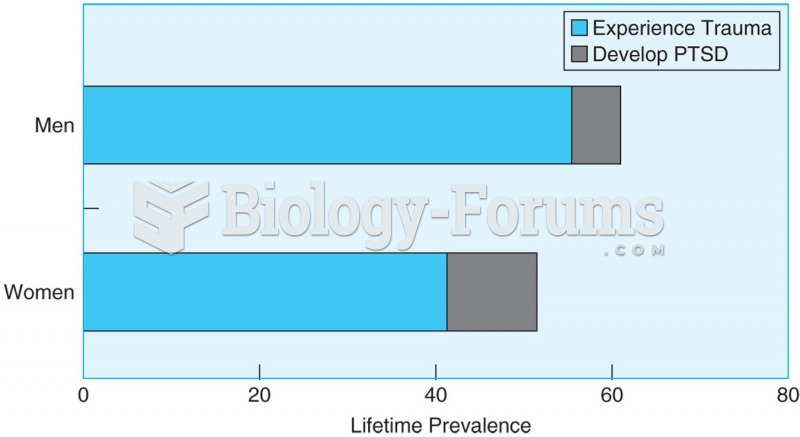|
|
|
Did you know?
Multiple experimental evidences have confirmed that at the molecular level, cancer is caused by lesions in cellular DNA.
Did you know?
More than 150,000 Americans killed by cardiovascular disease are younger than the age of 65 years.
Did you know?
Urine turns bright yellow if larger than normal amounts of certain substances are consumed; one of these substances is asparagus.
Did you know?
About 600,000 particles of skin are shed every hour by each human. If you live to age 70 years, you have shed 105 pounds of dead skin.
Did you know?
The horizontal fraction bar was introduced by the Arabs.
 Traniello and his colleagues demonstrated that social insects may develop “social imm
Traniello and his colleagues demonstrated that social insects may develop “social imm
 Chimpanzees in nearby Mahale National Park practice a different grooming style: they clasp hands whi
Chimpanzees in nearby Mahale National Park practice a different grooming style: they clasp hands whi
 In 1839 Mary Cragin, at the age of twenty-nine, became a convert to John Humphrey Noyes’s “communism
In 1839 Mary Cragin, at the age of twenty-nine, became a convert to John Humphrey Noyes’s “communism




